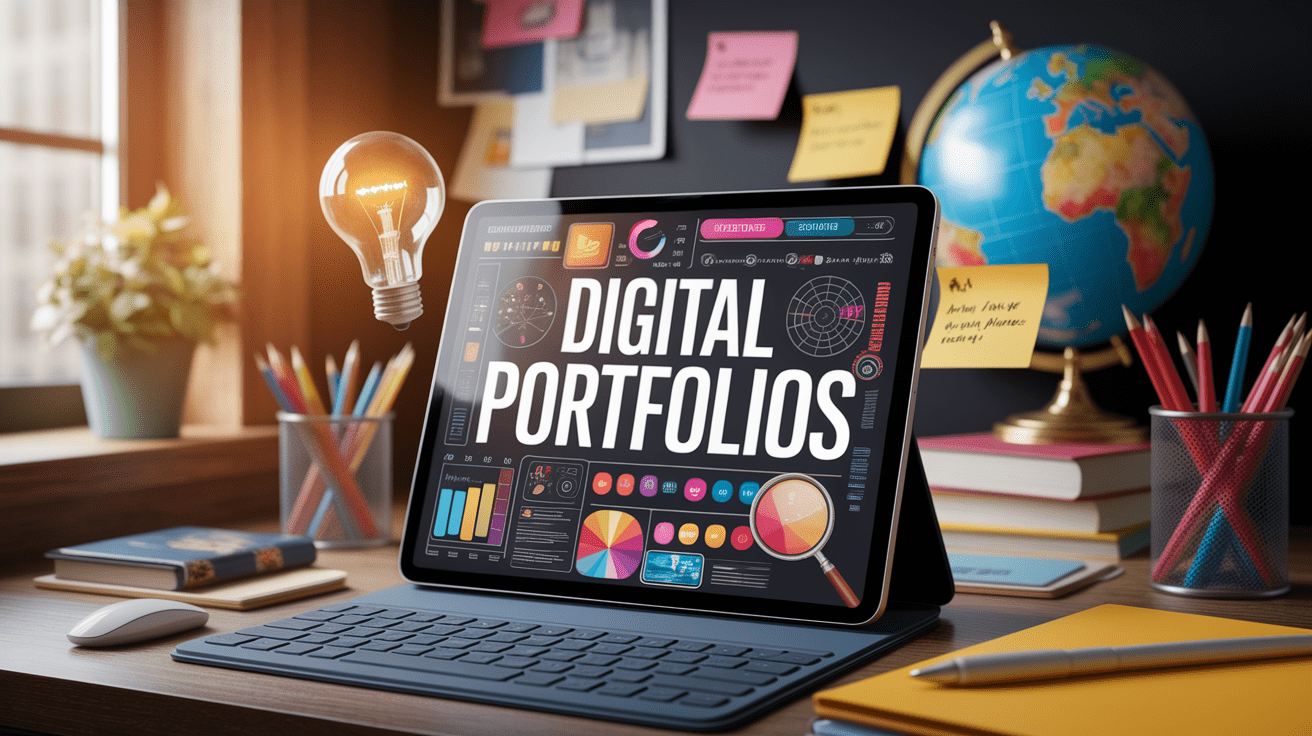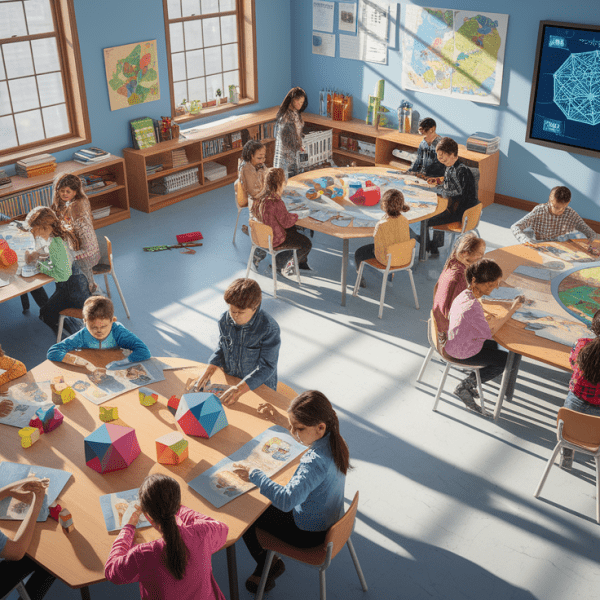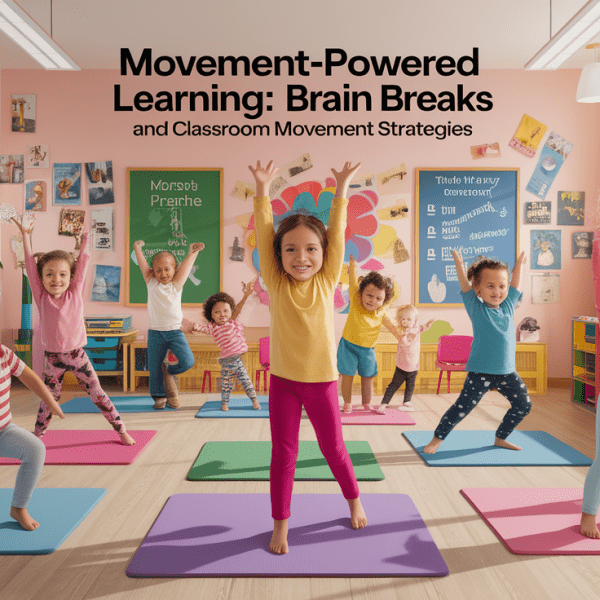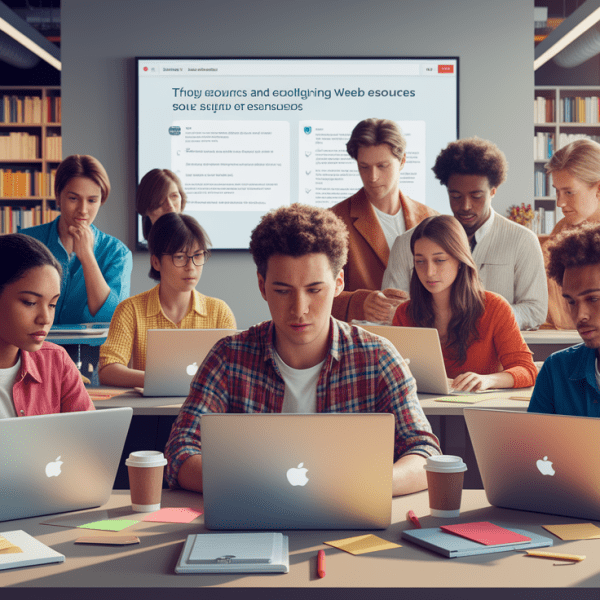Digital Diaries Unveiled: Your Introduction to Portfolios
Imagine replacing that bulky binder stuffed with worksheets, essays, and art projects with a sleek, interactive hub available anytime, anywhere—that’s the magic of a digital portfolio. Once just a collection of student work in folders, portfolios have evolved into dynamic online platforms that capture the entire learning journey. They aren’t just for storage; these living documents enable students to curate evidence that reflects their growth, creativity, and skills, integrating text, images, audio, and even video.
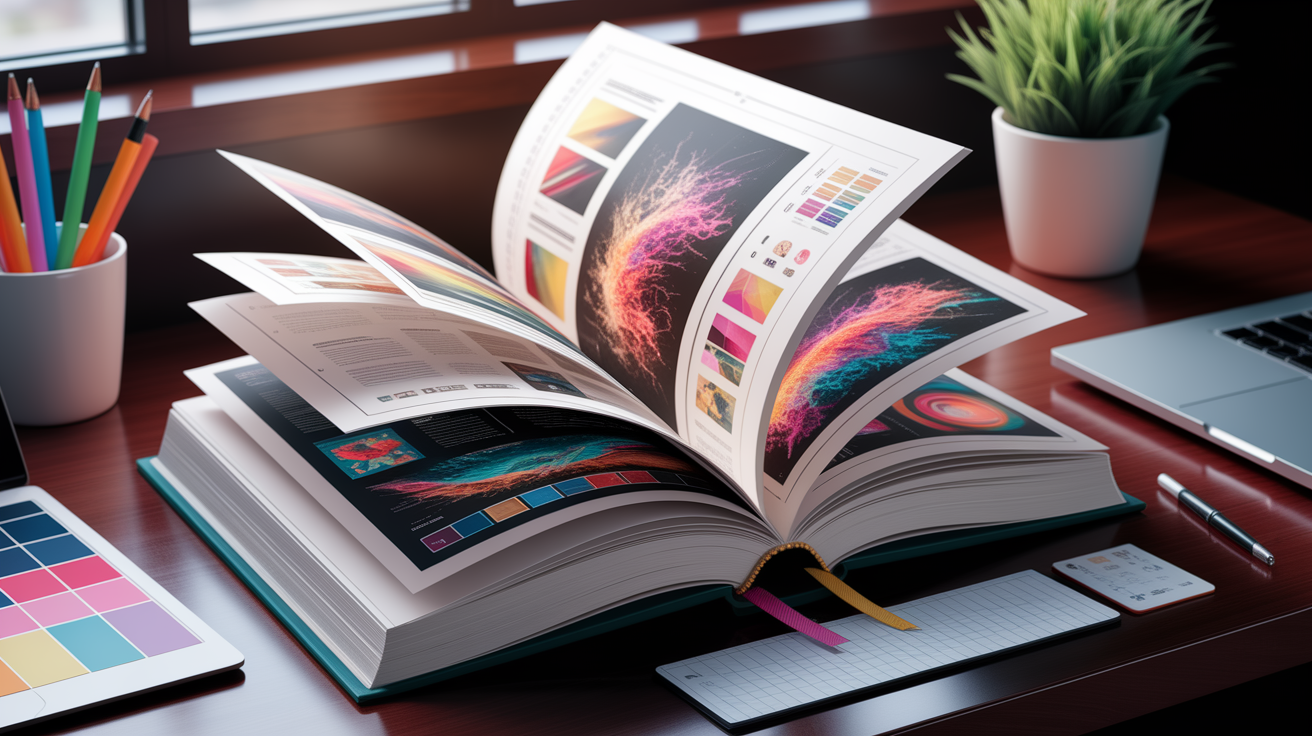
Unlike physical portfolios that can wear out or get misplaced, an online portfolio platform is sustainable, accessible, and more engaging. It turns the learning process into a story—complete with challenges, triumphs, and the reflective pauses in between—while empowering students to take ownership of their academic narrative.
Building a Solid Portfolio Framework
Before students dive into uploading files and writing reflections, a purposeful framework ensures their portfolio is more than just a digital scrapbook. Teachers can start by aligning portfolio structure with specific learning outcomes, clearly defining what kinds of artifacts will be collected and how they connect to curriculum goals.
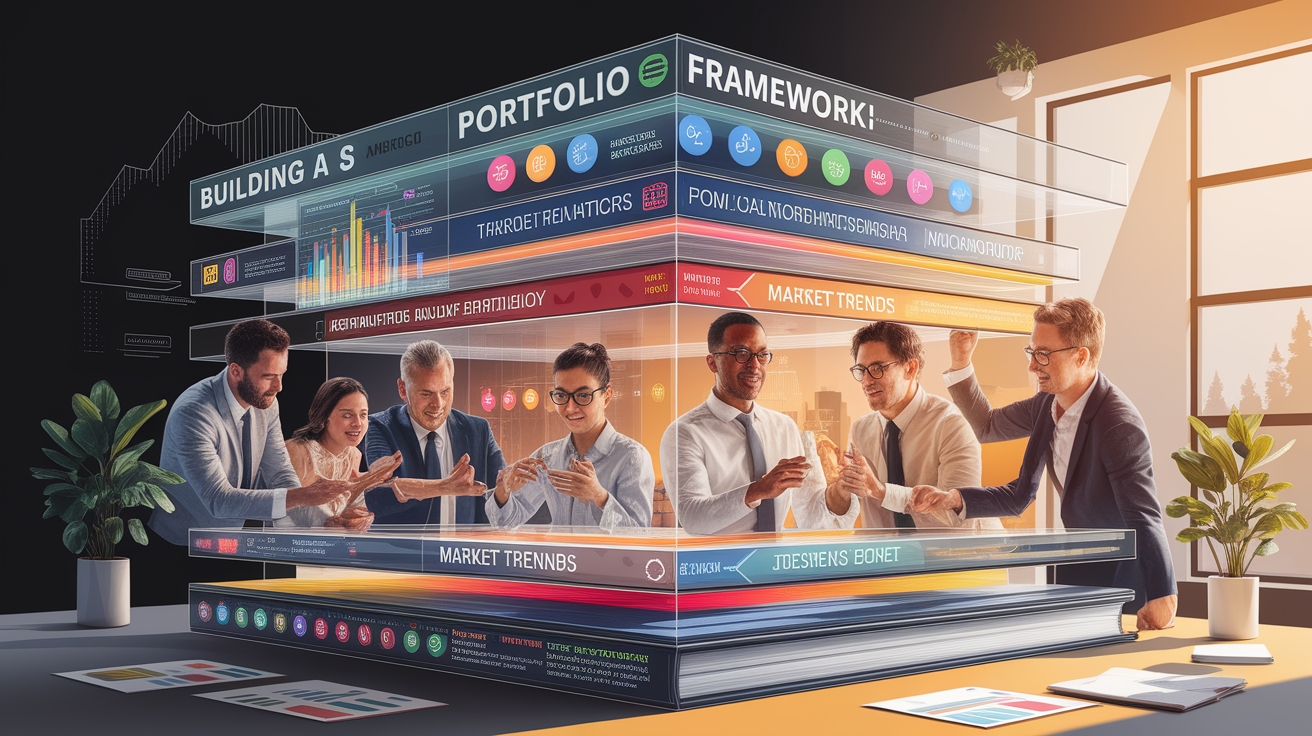
- Define Purpose: Is this primarily for formative assessment, summative assessment, or long-term professional development?
- Choose Tools: Select an educational technology platform that supports multimedia integration, feedback mechanisms, and progress tracking.
- Create Categories: Organize portfolio sections by subject, skill set, project type, or competency for easy navigation.
- Integrate Rubrics: Use portfolio assessment rubrics to guide student self-assessment and peer review.
A thoughtful framework gives students a roadmap for curating artifacts in ways that showcase skill development documentation and authentic assessment evidence.
Fueling Reflection Through Intentional Design
The real power of a digital portfolio lies in its ability to foster reflective learning. Designing prompts and checkpoints into the portfolio journey encourages metacognitive skills, helping students analyze not just what they learned, but how they learned it.

Some strategies for reflection-friendly design include:
- Embedding reflective writing prompts that ask students to compare current and past work.
- Encouraging multimedia reflections—video commentaries, audio notes, or visual “progress charts.”
- Structuring sections to highlight challenges faced and solutions developed.
- Incorporating peer assessment features for collaborative feedback.
By regularly revisiting their work, students internalize the growth mindset that their abilities expand through effort and perseverance, turning even mistakes into valuable learning evidence.
Streamlining Assessment with Digital Portfolios
Assessing student learning can be far more insightful when grounded in the rich context that a portfolio provides. An electronic portfolio captures the complexity of growth over time—offering educators a clear view of progress, strengths, and areas needing support.

Through comprehensive artifact collection, teachers can conduct formative assessments based on ongoing performance rather than isolated exams. This supports competency-based evaluation and allows for personalized learning paths tailored to individual needs. The ability to track progress longitudinally also makes student-teacher conferences more productive, with discussions centered on specific evidence rather than vague recollections.
Similarly, summative assessment benefits from this context, as portfolios give a far richer picture of mastery than single test scores alone—while helping students develop accountability for their learning.
Best Practices and Pitfall Prevention
While digital portfolios can revolutionize both reflection and assessment, successful implementation requires careful planning. Here are some best practices:
- Start Small: Implement an initial pilot phase before school-wide rollout to troubleshoot platform challenges.
- Set Clear Expectations: Explicit guidelines about artifact selection and reflection frequency prevent portfolios from becoming disorganized.
- Balance Freedom and Structure: Allow student choice in content while ensuring essential evidence for assessment rubrics is included.
- Prioritize Feedback: Teacher and peer input keep portfolios dynamic and relevant.
- Ensure Accessibility: Select tools that are user-friendly and meet accessibility standards for diverse learners.
Common pitfalls include overloading portfolios with unrelated artifacts, neglecting reflection elements, or failing to synchronize portfolio use with existing assessment strategies. Avoid these by embedding portfolio use into ongoing class routines rather than treating it as an extra side project.
Closing the Loop: Reflect, Assess, Excel
When designed and implemented effectively, digital portfolios become far more than an assignment—they’re mirrors of the learning journey and bridges to future opportunities. Students not only demonstrate competency but also strengthen their ability to self-assess, a skill crucial for lifelong learning.
By pairing reflection with meaningful assessment, digital portfolios help educators personalize feedback and give students tangible proof of their growth. Over time, these authentic records become professional development portfolios, empowering learners to showcase their capabilities in college applications, scholarship submissions, or career building. In this way, every artifact and reflection helps students not only reflect on where they’ve been, but confidently excel toward where they’re heading.

